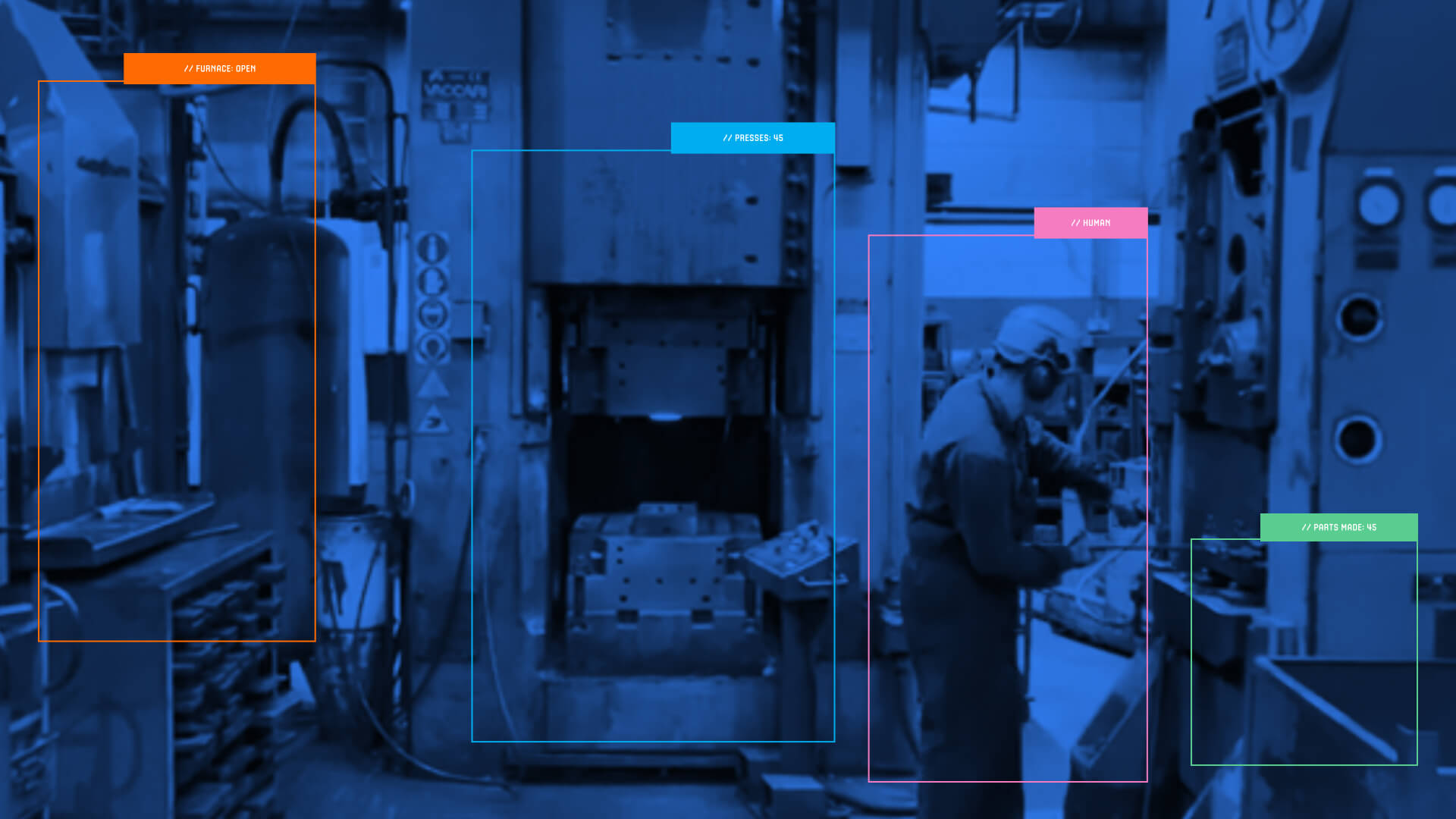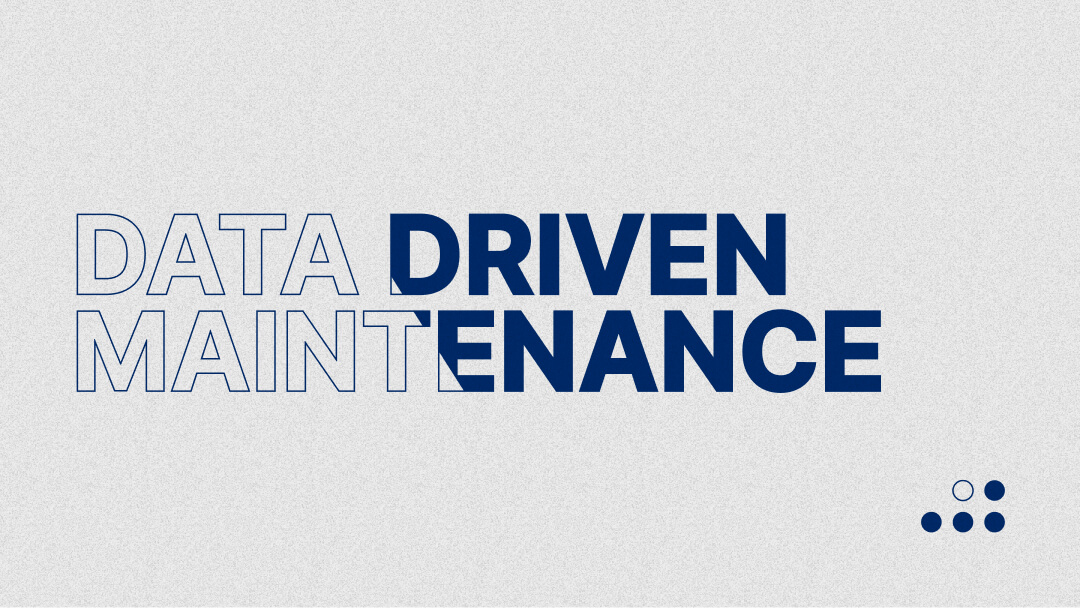Situation
Several of their production lines involve manual assembly processes at various stages. These manual stages do not produce any data, making it challenging to monitor production flow from start to finish.
In the past, the organisation attempted to encourage manual data entry via tablet computers; however, operators found this approach disruptive to their work, resulting in data that was often incomplete, inaccurate, or entered with delays.
The company deployed MIP's computer vision module, ManualOps Manager, which is designed to extract data automatically from manual processes.
Action
- Automated Data Collection. The organisation uses MIP's computer vision module to monitor manual assembly processes. Data collection is automatic, accurate and timely.
- End to End Visibility. Manual processes are monitored in the same way as machines, meaning users are presented with a unified end-to-end view of their operations, all in one place.
- Bottleneck Identification. By understanding every step in the process, bottlenecks are identified, meaning improvement projects can focus on the places they have the most impact.
Result
- Targeted Improvements. The insight gained from manual process monitoring identified inefficiencies in component storage and design which caused unproductive time and slowed the assembly process. This had a direct and tangible impact on operator performance and working conditions.
- Data Driven Business Cases. Losses of productive time were easily quantified, helping build data-driven business cases for improvement projects.
- Minimal Impact on Processes. The automated data collection means that operators do not have to change their behaviour to enable data collection, reducing the resistance to adoption.




